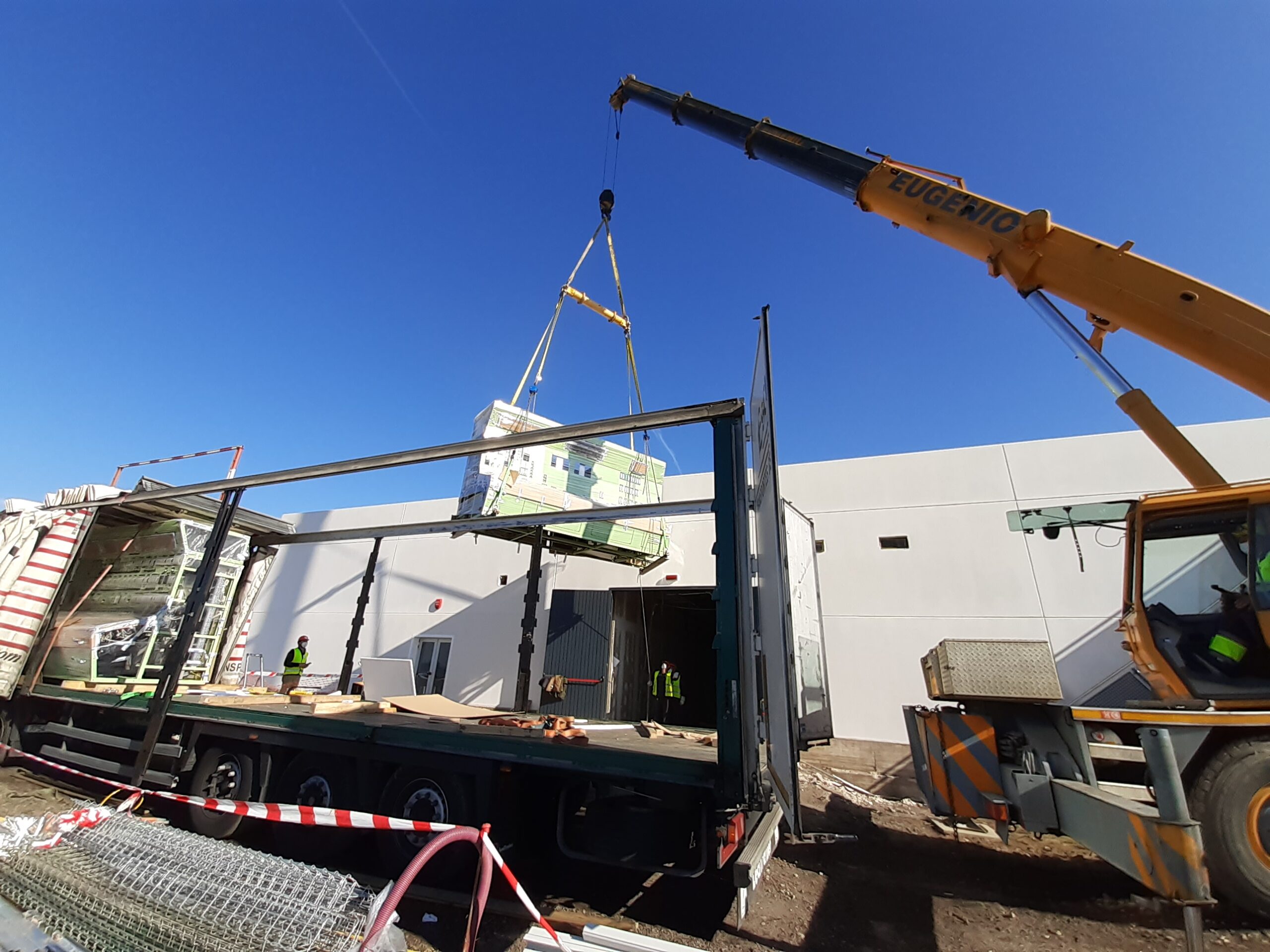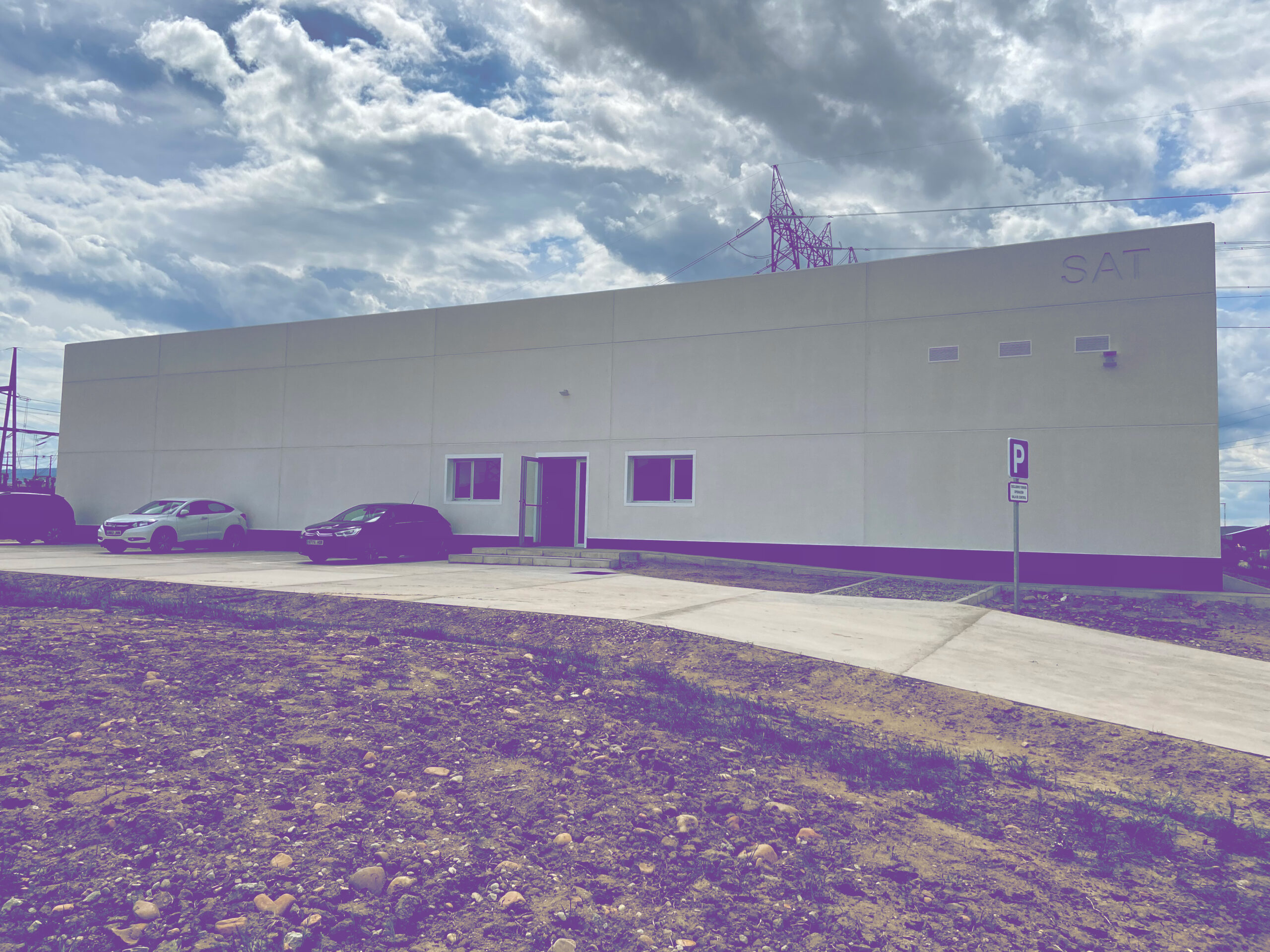The full-scope simulator for Almaraz nuclear power plant began its operations at the Tecnatom facilities on November 1st 1998. It was started up with the dual objective of providing training for the operators, with a view to their qualification, and of simulating and analysing any plant modification prior to its being implemented in the control room of the nuclear power plant.
After more than 20 years of operator training and qualification at Tecnatom’s facilities, CNAT (Centrales Nucleares Almaraz-Trillo) has decided to transfer the simulator to Almaraz nuclear power plant installations, in Cáceres. The simulator is a key piece in the operation staff training that allows a safe and efficient operation of the plant. Having the simulator located closed to the plant facilitates staff training, apart from the regulator requirements, and also allows using the simulator for engineering analysis to optimize the operation of the plant.
In this respect, in March 2020 Tecnatom embarked upon a project that not only included the transfer and start-up of the simulator, but also encompassed new challenges such as construction of the building that is to house the simulator on site at Almaraz, and all this within the framework of the exceptional situation caused by the COVID-19 pandemic.

What stages are involved in transferring a simulator?
In the first stage of the project, the construction of the building, with Tecnatom assuming the leadership and undertaking strict control and monitoring of the myriad tasks performed on site by the different participating subcontractors. This stage was made up of three major phases: earth movements, readiness of the building to receive transfer of the simulator and with the building infrastructure operational and legalisation (completion of the civil works).
The second stage of the project was the transfer and start-up of the simulator and encompassed the following activities: disconnection, transport, connection and start-up. Given our wide experience in the maintenance of nuclear power plant simulators, this stage was carried out under strict and exhaustive control, ensuring achievement of the objectives on time and in a suitable manner.
The two stages converged in time and were carried out in such a way as to not compromise at any time the end date of the project. Performance was affected by the disruption of the COVID-19 pandemic, despite which the original project dates were maintained.
Author: Paula Hernández






